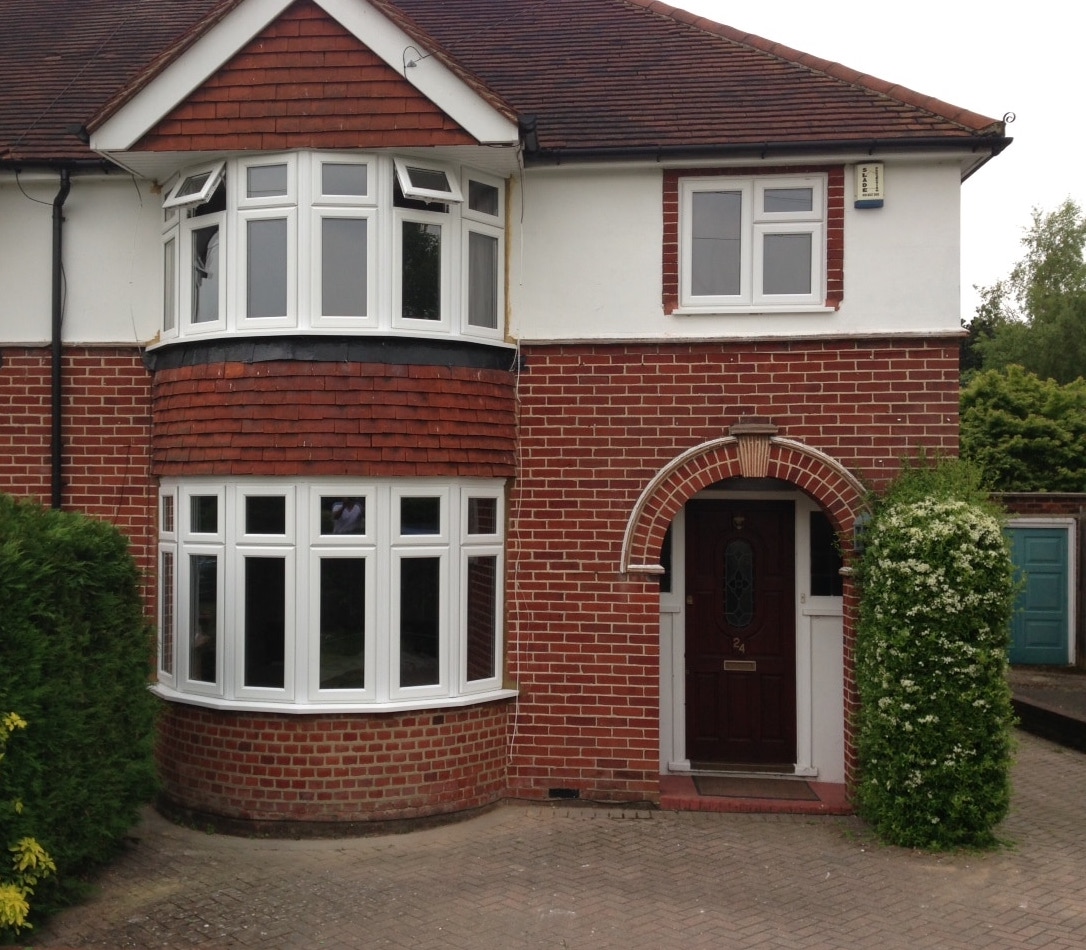
Commercial Bay Window Installers
Add a review FollowOverview
-
Founded Date July 29, 1927
-
Sectors Accounting / Finance
-
Posted Jobs 0
-
Viewed 91
Company Description
You’ll Never Guess This Residential Bay Windows’s Tricks
Understanding Residential Bay Windows: A Comprehensive Guide
Bay windows have actually adorned homes for generations, providing both aesthetic appeal and functional benefits. Characterized by their unique structure that extends from the primary walls of a building, these windows change a simple space into a lively, engaging area. This post digs into the allure of bay windows, exploring their types, benefits, and practical considerations for house owners.
What Are Bay Windows?
Bay windows are a combination of three or more windows set at angles to create a recess in the wall. They are typically composed of a main big window flanked by two smaller ones, forming a “bay” or nook. This architectural function might be discovered in numerous styles, including standard, Victorian, and modern homes, and frequently protrudes outwards, offering additional space and natural light.
Types of Bay Windows
-
Canted Bay Windows: These are the most common type, including a central window that extends outwards at a 30 or 45-degree angle with smaller sized windows on either side.

-
Box Bay Windows: This type forms a box-like structure; the front is generally rectangle-shaped, while the side windows open at right angles to the wall.
-
Oriel Bay Windows: Often discovered on upper floors, these windows do not touch the ground, supported by brackets or corbels.
-
Circle Bay Windows: Featuring circular shapes, these windows create a softer look. They are less typical and are often used to improve specific architectural designs.
Benefits of Bay Windows
The addition of bay windows can substantially improve a home’s design and functionality. Below are some benefits that homeowners take pleasure in:
-
Increased Natural Light: Bay windows enable more sunlight to go into living areas, reducing the requirement for synthetic lighting and creating a brighter environment.
-
Enhanced Aesthetics: With their architectural sophistication, bay windows can raise the visual appeal of a home, increasing its market value.
-
Expanded Space: The protruding structure develops a charming nook for seating, plants, or storage, successfully increasing functional area without needing extensive remodellings.
-
Improved Views: Bay windows frequently offer wider sightlines, enabling house owners to delight in the surrounding scenery more totally.
-
Ventilation Opportunities: When created correctly, bay windows can enhance air flow throughout a space.
A Quick Overview: Advantages of Bay Windows
| Advantage | Description |
|---|---|
| Increased Natural Light | More sunlight causes a brighter home |
| Enhanced Aesthetics | Sophistication increases residential or commercial property value |
| Expanded Space | Offers additional areas for seating or storage |
| Improved Views | Larger views of the outside landscape |
| Ventilation Opportunities | Better air flow causes a fresher atmosphere |
Design Considerations for Bay Windows
When considering the installation of bay windows, homeowners need to think about various components related to design, materials, and placement:
1. Architectural Style
- Make sure the bay window matches the existing style of the home, keeping a cohesive look.
2. Material Choices
- Common materials consist of wood, vinyl, aluminum, and fiberglass. Each has its own aesthetic appeal, maintenance requirements, and insulation homes.
3. Window Configuration
- Choose the arrangement of the windows (e.g., double-hung, casement, or picture windows) based upon lighting, ventilation, and architectural cohesiveness.
4. Roof and Finishing
- Think about adding a roofing over the bay window for protection and boosted visual appeals. Options consist of gabled, curved, or flat roofings.
5. Place
- The positioning of the bay window should take into account the sun’s path, surrounding structures, and views.
Frequently Asked Questions (FAQs)
1. Are bay windows expensive to install?
- The cost varies based on size, products, and design complexity. While preliminary costs might be higher than basic windows, they typically supply long-term benefits in terms of energy effectiveness and home resale value.
2. Can I install a bay window myself?
- While DIY installation is possible for skilled individuals, it is generally suggested to employ a professional to ensure correct design, sealing, and structural integrity, especially if modifications to the home’s exterior are included.
3. How do bay windows effect energy efficiency?
- Effectively installed bay windows can boost energy performance by optimizing natural light and lessening heat loss. Consider choosing energy-efficient glass and window frames to minimize utility expenses.
4. What furnishings work well with bay windows?
- House owners frequently choose built-in seating, such as benches, cozy cushions, or ornamental plants to make the most of the extended space.
5. Do bay windows require unique maintenance?
- Regular cleaning of the glass and looking for any water damage or sealing concerns are necessary. The specific maintenance program depends upon the products utilized.
Residential bay windows are more than simply a charming architectural information; they use a plethora of advantages that can elevate both the functionality and appearance of a home. While factor to consider of design, cost, and maintenance is vital, the long-lasting advantages often exceed the initial investment. Whether improving a traditional home or adding a modern twist to a modern design, bay windows act as a timeless choice for homeowners seeking to invest in their areas.
In summation, bay windows can transform any living area, providing appeal, comfort, and a connection to the world exterior. As property owners assess their alternatives, it’s clear that these enchanting functions are worthy of consideration in both design and preparation.


